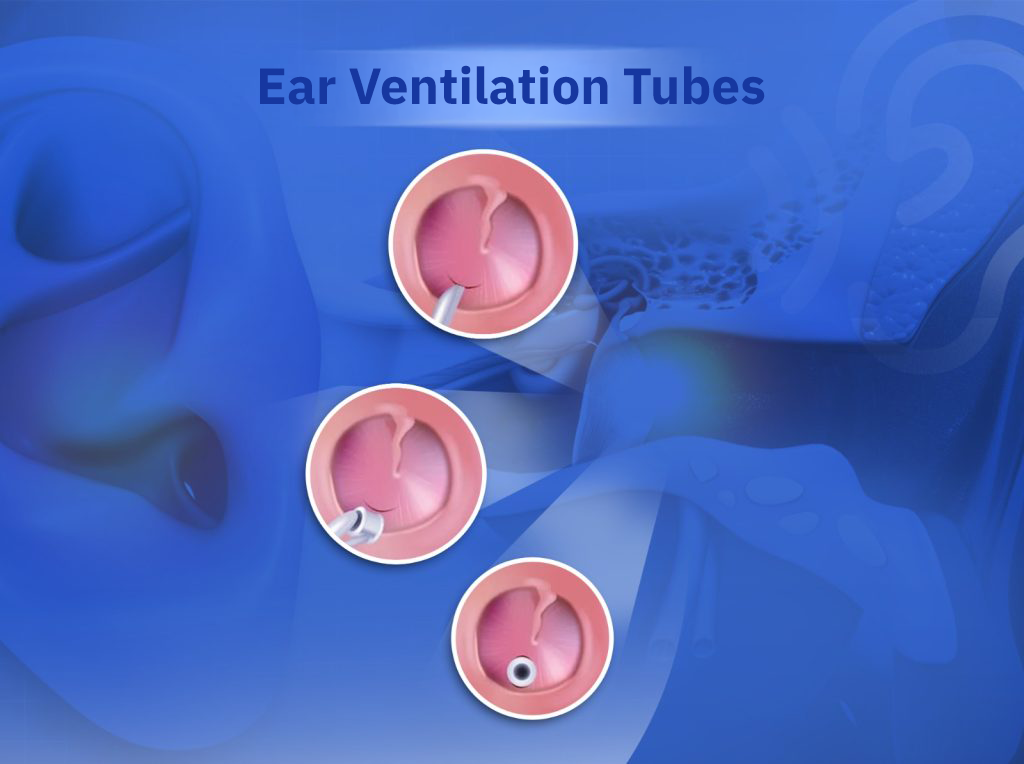Ear Ventilation Tubes

What Are Middle Ear Ventilation Tubes?
Middle ear ventilation tubes, also known as tympanostomy tubes, grommets, or pressure equalization tubes, are designed to balance air pressure between the external environment and the middle ear. These tubes are small, hollow, flexible cylinders typically made of plastic or metal. They are inserted into the eardrum through a tiny incision in a simple procedure that takes only a few minutes, performed under local or general anesthesia. The tubes may be placed in one or both ears depending on the condition.
This is a common medical intervention to prevent fluid buildup behind the eardrum, frequently used in children with chronic middle ear infections and recurrent fluid accumulation (chronic otitis media). This condition can impair hearing, weaken it, and delay speech development in children.
Steps for Inserting Middle Ear Ventilation Tubes:
- After administering anesthesia and confirming its effect, the ear is prepared with a solution to reduce the risk of infection.
- A tiny incision is made in the eardrum using a laser or medical tool, and any accumulated fluid (if present) is suctioned out to improve hearing.
- The ventilation tube is inserted into the incision to ensure proper airflow in and out of the middle ear.
- The patient is moved to a recovery room and given necessary post-operative medications.
Post-Procedure Care for Ventilation Tubes:
- After full recovery and ensuring no complications, the patient can continue healing at home.
- No intensive care is required, but the ear must be protected from water during bathing or swimming; the doctor may recommend earplugs for added protection.
- During recovery, a discharge resembling pus or mixed with blood may be noticed, which is normal and not a cause for concern.
- The ear should remain dry until the tubes naturally fall out and the incision fully heals, a process that typically takes 6 to 18 months.
- During this period, hearing improves significantly, the middle ear achieves balanced ventilation, and children often show marked improvement in speech and language development.


